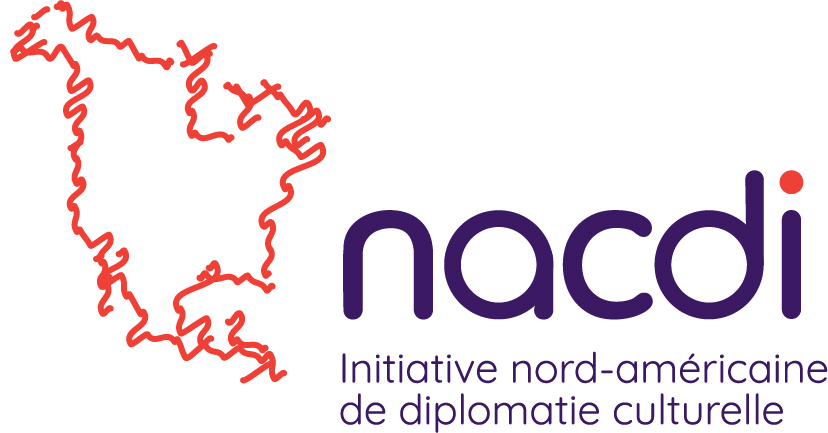December 27, 2018
For many people, the haunting notes of The Nutcracker – and particularly performances of “The Dance of the Sugar Plum Fairy” – are one of the indelible symbols of the winter holiday season. In most major cities in the West it is easy to find a performance of the two-act ballet running in at least one major theatre, and last month’s release of yet another motion picture adaptation speaks to the story’s ongoing popularity. Decades of popular fascination can be tracked through the surviving pictures of past performances.
With this heightened visibility for ballet in the month of December, it is a good time to reflect on some of this art form’s less obvious contributions to the world. Ballet, which in recent history has generally been a preoccupation reserved for the elite, has a particularly longstanding role in cultural diplomacy. Most famous is the Soviet Union’s use of the high culture ballet in their soft diplomacy. The ballet of the Cold War represented a dialogue as the West and East participated in reciprocal visits, allowing individuals on both sides of the divide to build connections with each other (as illustrated here in a discussion of George Balanchine’s tours). However, the Soviet program largely ran counter to America’s reliance on popular jazz musicians. The Soviet Union’s ballet diplomacy was undermined by the high-profile desertions of dancers like Mikhail Baryshnikov, who defected in Canada in 1974. Baryshnikov’s assertion, carried in contemporary newspaper articles, that his decision was artistic rather than political was probably meant to deflect attention and minimize Soviet anger over his desertion. However, ultimately the artistic and the political were inseparably connected; his defection could not be detached from criticism of the regime (see Baryshnikov dance shortly after his defection here and a clip from the movie White Nights – in which Baryshnikov completes 11 pirouettes – here). Nonetheless, the art was used as a showcase piece to advertise the achievements of the communist system.

Why Ballet?
The Cold War Soviet Union presented a historical context in which ballet was a logical form to express the state’s ambitions and achievements. Ballet had been a popular art in Imperial Russia and, more recently, in the 1930s Agrippina Vaganova had developed the Vaganova method – a new standard for classical ballet education.
The Soviet Union was conscious of the West’s characterization of their society as repressive of art and expression. Soviet ballet contradicted this perception, expressing artistic excellence at the highest levels. It was also an art form that worked well with the Soviet system. Standardized education through state institutions promoted such Soviet values as hard work and physical achievement, and the emergence of the world’s best dancers was a mark of the regime’s success. The ballets themselves, which frequently emphasized large scale coordination, were written and re-written to communicate the message of the revolution (as discussed here).

Ballet as Diplomacy
Ballet, however, was not always an effective tool for expressing the Soviet message. Though the state sponsored tours of the Cold War era were instrumental in building connections and attracting the attention and admiration of foreign publics, they also served to expose dissension in the Soviet Union. Artists who may have once believed passionately in the communist system were frequently disillusioned by the forces of state censorship, and dancers chaffed under the restrictions imposed by Soviet leadership and resisted through their performances (as described here). In practice, dance diplomacy revealed the dangers of relying on and promoting the values of free-thinking artists. Dancers sent abroad on the tours gained the forums to publicly challenge state orthodoxy. More damaging to the Soviet Union’s cultural diplomacy were the defections of prominent dancers, including Baryshnikov and Rudolf Nureyev (whose story is discussed here).

Reflections
The deeply embedded tradition of dance diplomacy continues to play an important role in modern practices of cultural diplomacy (as discussed here in relation to China’s diplomacy). However, the diplomacy practiced through performative arts, such as ballet, has always been complicated by the difficulty of directing and controlling art and its messages. Attempts by both the Soviet Union and the United States during the Cold War to sculpt messages delivered through the voices of artists to foreign audiences often resulted in unintended consequences. As historian Penny Von Eschen argues in her book, reviewed here, American jazz – like Soviet ballet – often served as public diplomacy’s double-edged sword. It not only exemplified artistic freedom but also brought to foreign audiences the politics of racial inequality in 1950s United States. The performance of such immensely popular works as The Nutcracker, however, continue to demonstrate the popular reach of this art and the reason why nations engage with this medium.
By: Rebecca Smith
